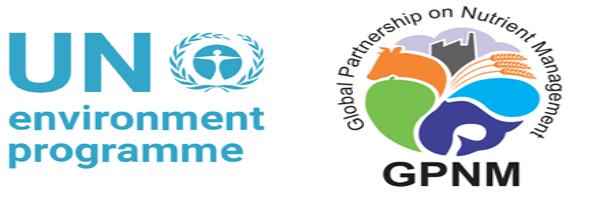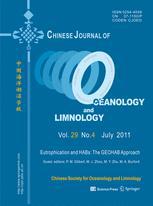The effects of varying nitrogen (N): phosphorus (P) ratios on the growth and N-uptake and assimilation of the harmful dinoflagellates Prorocentrum minimum and Prorocentrum donghaiense were examined in turbidistat culture experiments. Algal cultures were supplied with media containing PO43− in various concentrations to obtain a wide range of N:P ratios. Experiments to determine rates of N uptake and assimilation of different N sources (NO3−, NH4+, urea and glycine by P. minimum and NO3−, NH4+ by P. donghaiense) were conducted using 15N tracer techniques at each N:P ratio. The growth rates suggested nutrient limitation at both high and low N:P ratios relative to the Redfield ratio. On a diel basis, the growth of both species was regulated by the light-dark cycle, which may be a result of regulation of both lightdependent growth and light-independent nutrient uptake. Maximum growth rates of both species always occurred at the beginning of light phase. In P-rich medium (low N:P ratio), both species had higher N assimilation rates, suggesting N limitation. Low assimilation coefficients at high N:P ratios suggested P limitation of N uptake and assimilation. NO3− and NH4+ contributed more than 90% of the total N uptake of P. minimum. Reduced N sources were more quickly assimilated than NO3−. Highest average daily growth rates were recorded near an N:P ratio of 12 for both species. The N uptake rates of cultures at N:P ratios near Redfield ratio were more balanced with growth rates. The linkage between growth rates and N uptake/assimilation rates were conceptually described by the variation of cell N quota. The N:P ratios affect the N uptake and growth of Prorocentrum spp., and may regulate their bloom progression in eutrophic ecosystems.

